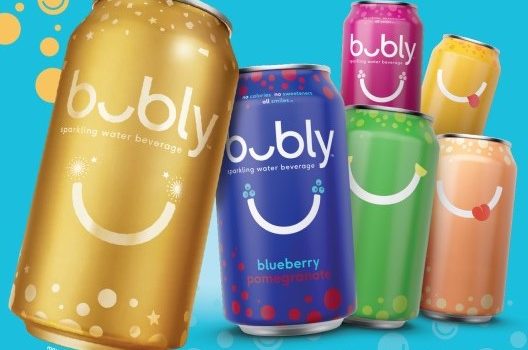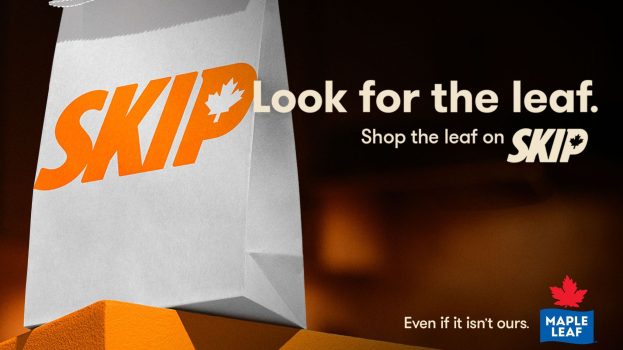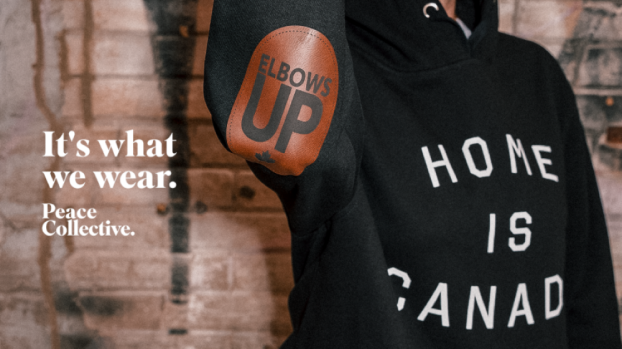
With many CPG companies focused on keeping their supply chains healthy, where does that leave shopper marketing and the approach to crafting an in-store experience? Strategy turned to Jason Dubroy, VP and managing director of TracyLocke for his thoughts on how it fits with current buying behaviour but also the long-term path to recovery.
Can you speak generally about how you’ve seen CPG marketing be affected by COVID-19?
Many people forget CPG marketing is actually facing two threats, not just the ongoing social upheaval produced by the societal responses to COVID-19, but the fact that most economists agree that we have already entered a period of recession.
The last time CPGs faced this same challenge it was 2008, and this is potentially much worse. Over the past 10 days, we have seen almost the exact same response… many CPGs are now pausing some marketing activity, cancelling productions and immediately taking stock in any potential supply chain disruption.
This has been exacerbated by the period of panic buying leading to shortages of everything from fresh meat to dairy, not to mention the oft-quoted toilet paper issue.
This week is a week of circling the wagons before venturing out again.
 Is in-store traffic decreasing at the expense of online?
Is in-store traffic decreasing at the expense of online?
In-store store traffic is a hard thing to define these days.
It went from lineups and panic-buying cycles to a trickle effect due to social distancing, all in seven days.
Things may change again depending on government intervention in the retail sector, like we’ve seen in Spain or Italy.
We should see a 20% jump in online grocery, which will have a unique knock-on effect for shopper marketers working with retailer-owned media offerings as brands move messaging much farther down the funnel.
Is there still a place for on-shelf promos when people are just grabbing whatever’s left for a lot of product categories? Is it even worth building up displays, when you face an uncertain future?
Should Canada be forced to follow the Italian model in order to flatten the curve, grocery stores and pharmacies are the only stores actually allowed to remain open. In-store marketing will still be at the discretion of the retailers – some have temporarily paused this in order to facilitate basic stocking, but CPGs will fight to bring displays back as off-shelf volume is a massive component to their financial deliverables.
How do companies that have previously planned a longer-term outlook cope when they have to pivot these unique circumstances?
Right now, after managing and mitigating out of stock situations, the next thing that companies do is to maintain distribution, volume and share, in that order.
During the 2008 financial crisis, there were some of the biggest cross-category share losses to competitors and private label as shoppers switched to cheaper brands, igniting price wars that, in some categories like frozen pizza, never truly bounced back.
Typically, in this period, shopper marketing, CRM and digital content initiatives do very well, as keeping volume and velocities at retail moving are paramount.
You will see more free standing inserts, both digital and online, as well as increased couponing and flyer activity.
Brand building messages will be displaced by contextual messaging of hope, care, community, cleanliness and compassion. We may see a decline of the importance of OOH as people are being mandated to stay home.
Does the marcom approach change during this environment? Also, is there an opportunity for CSR plays by dropping prices, or doing matching donations for COVID-related causes?
Brands may start to become more “here and now” by providing solutions outside of a product’s actual use. Content and games for children to allow parents a break at home, tips and tricks from cleaning companies on how to get the whole family involved in disinfecting, food companies migrating recipes to accommodate children in the prepping process as more Canadians since the war will be at home eating more than one meal together.
Since this crisis started, we have already seen free mini-concerts by artists like Jann Arden, and the Arkells have hosting daily music classes.
What a great opportunity for a brand to sponsor this kind of much needed distraction, while continuing to support the arts in a period where live entertainment has come to a standstill. Imagine the need for children’s’ content, gaming, cooking, and other areas of interest?
Some experts have said brands should build community and acknowledge isolation, yet without appearing to capitalize on it. Who is best positioned to do this?
I would say most brands that want to be successful in connecting with consumers during this era of social distancing are going to speak to “cocooning” versus “isolation.”
This was a big trend just after 9/11 when there was less going out and a greater desire for stripping things back and enjoying time with loved ones, and a general celebration of domesticity.
Brands that found a role enabled us to enjoy at home some of the foods, drinks and experiences that were more often part of going out.
Messages of hope and contextual usefulness will trump feature and benefit.























